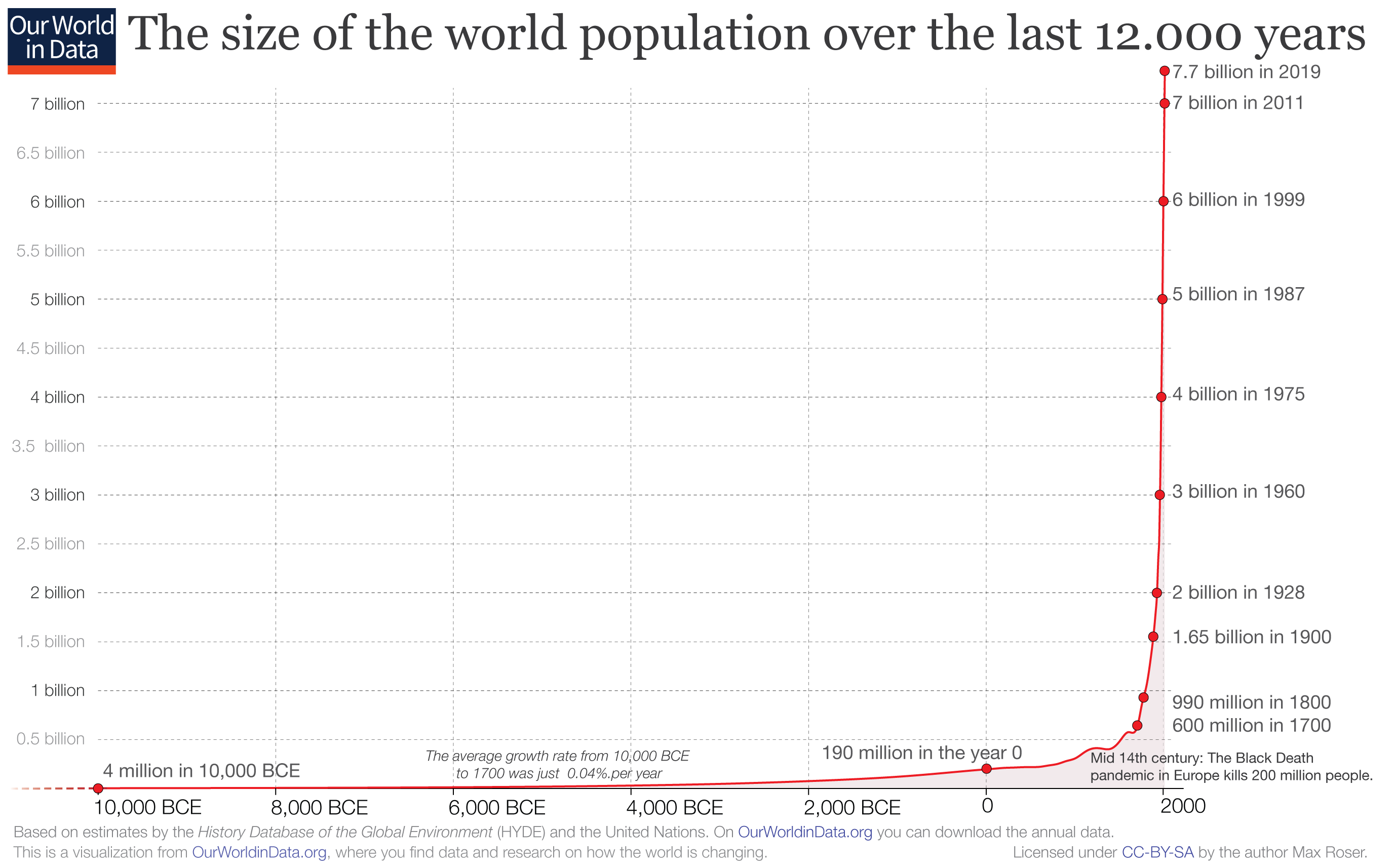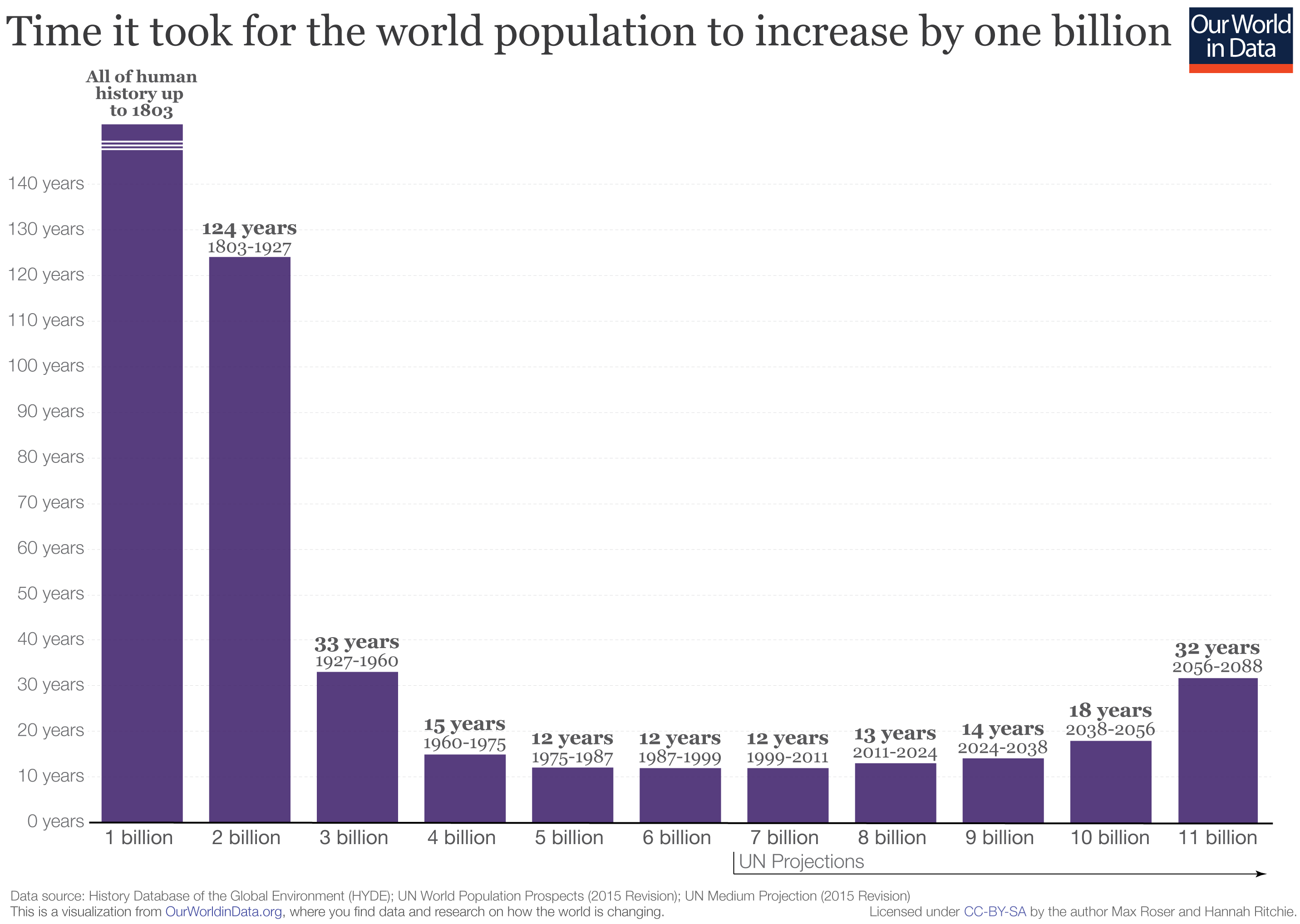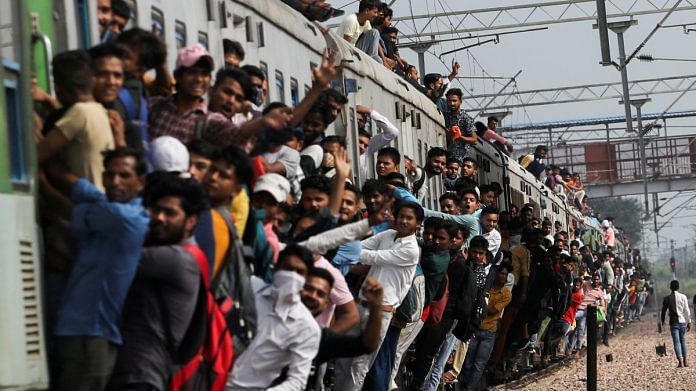1. As the global population reaches 8 billion, is it possible to achieve equal access to opportunity for all?
Global population growth is a testament to the progress of our species. Yet despite increases in global GDP, life expectancy and equality, progress has not been evenly distributed enough.
George Pyrgos from the Young Global Leader Alumni Community explores how equal opportunity for all can be achieved through fair labour standards, investing in women and girls, diversity in research, adhering to guiding principles of the United Nations’ Sustainability Development Goals, and more.
Kate Roberts, founder of The Body Agency believes one solution is investing more heavily in opportunity for women.
Sonia Medina, Executive Director at the Children’s Investment Fund Foundation explains that overlapping crises like the climate crisis and food insecurity exacerbate inequalities around the world, posing a constant threat to children. An interconnected approach to these issues is therefore required, with any food crisis response requiring simultaneous investment in climate resilience and nutrition. In this instance, regenerative agriculture can help alleviate both issues, she says.
2. Population Boom: Charting how we got to 8 billion people
Throughout history, each new billion people has arrived faster than the previous billion. So how did we get here and what has global population growth looked like historically?

This exponential growth in global population started in the 17th century due to new technologies and farming. Image: Our World in Data
As these charts show, it took humans a while to hit our first landmark of 1 billion people in 1803. This was largely facilitated by the many advances made during the second industrial revolution that began in the 1700s.
Since then, rising fertility rates and continuing developments in medicine and agriculture have allowed the global population to increase rapidly. But, due to shifting demographics and declining fertility rates, the rate of growth has been slowing for some time.

3. Almost half of all people in the world live in these 7 countries
In 2015, half of the world’s population was concentrated in just six countries. But recent population growth in other countries has altered the rankings. So which seven countries collectively house just under half of the of the global population today?
-
China – 1.426 billion
-
India – 1.412 billion
-
United States of America – 337 million
-
Indonesia – 275 million
Find out which 3 other countries help house over half of the global population.
4. These will be the world’s most populous countries by 2030
India’s population is set to rise to 1.515 billion in 2030 from 1.417 billion in 2022, which is set to make it the world’s most populous country in 2030 according to the latest edition of the United Nations’ World Population Prospects.
China is currently just in front of India with the world’s largest population, but the two countries remain significantly ahead of the rest – no other nation will surpass 360 million as we move into the next decade.

India is set to overtake China as the World’s most populous country by the end of the decade. Image: United Nations
Looking beyond 2030, other significant changes include that the share of the global population aged above 65 is projected to grow by the end of the century, while the share below 25 is expected to fall.

.
5. What will the global population be by 2100? Scientists can’t agree
Despite the UN’s prediction that by 2100 10.9 billion people will inhabit the planet, not everyone agrees. Researchers from the University of Washington challenge these estimates, stating that by 2100, the population of the world will be between 6.3 and 8.8 billion people.
This would make the global population lower than it is today.




